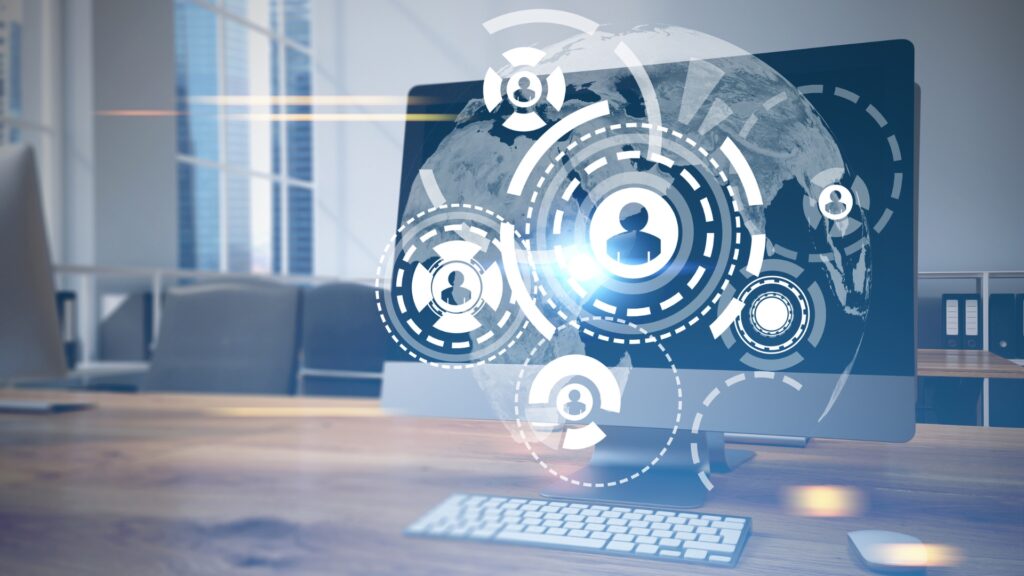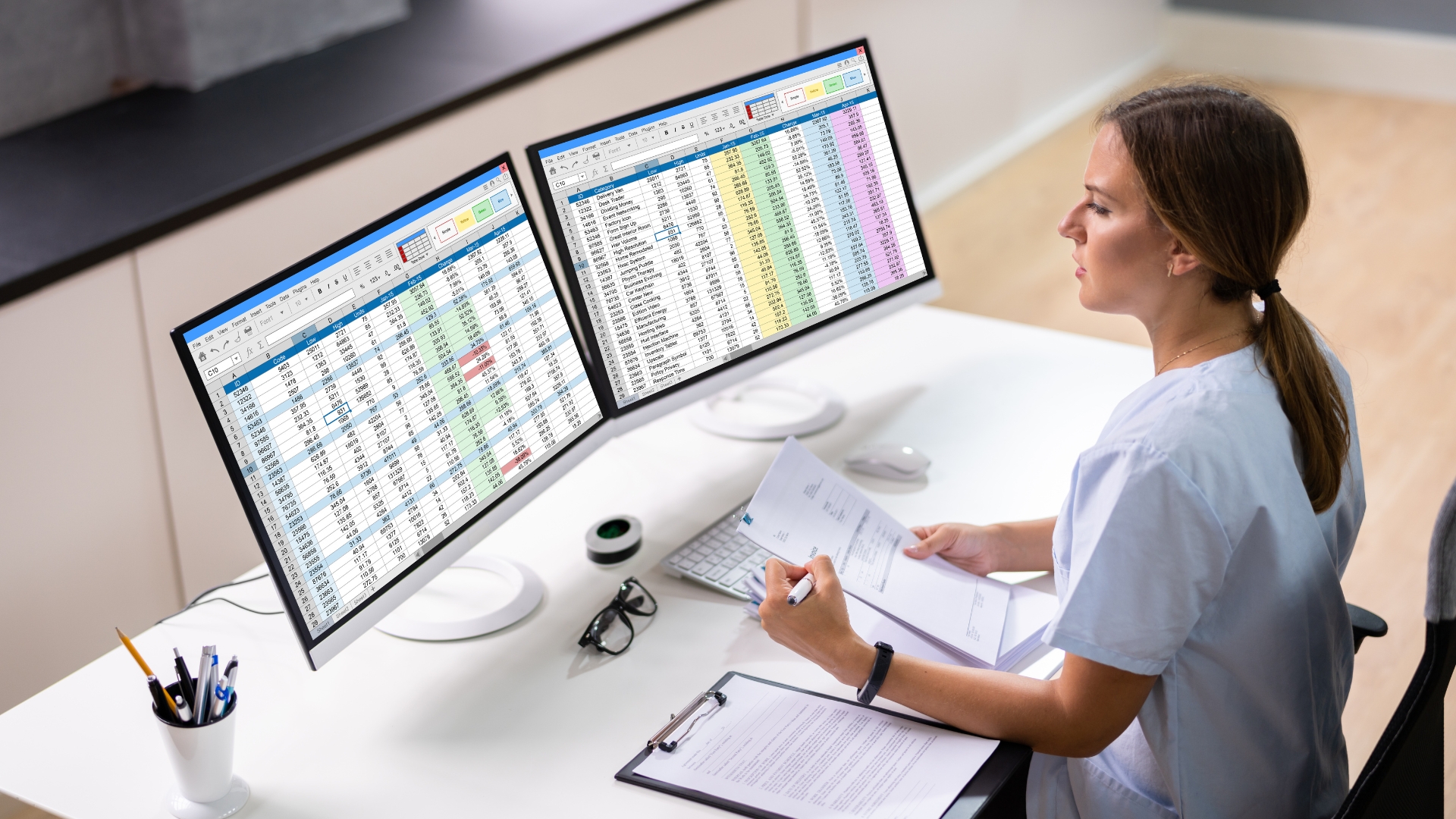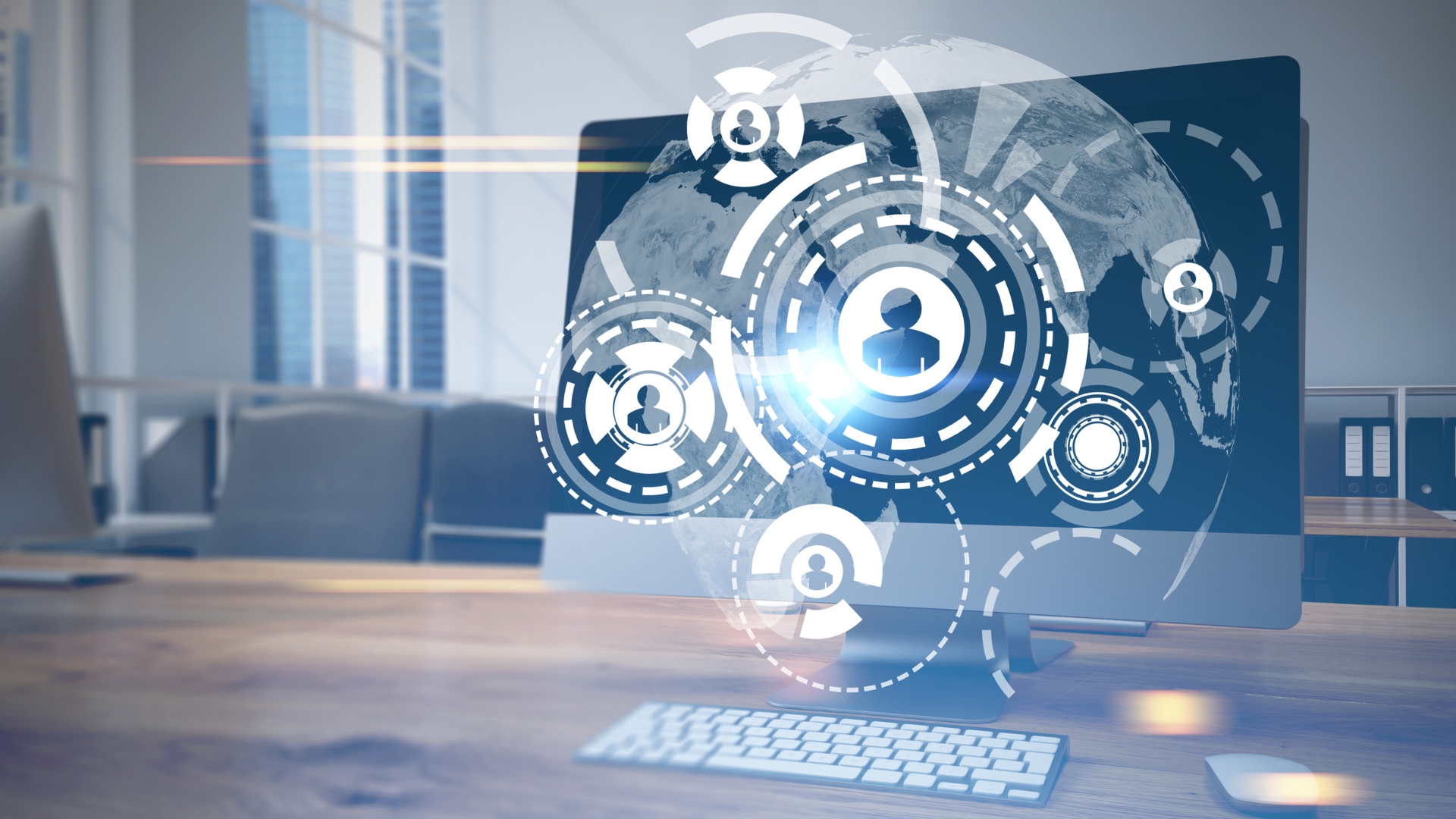In today’s digital landscape, user activity monitoring has become an essential practice for businesses and organizations. It helps in tracking user activity in web applications, software, and systems. While user activity monitoring can enhance performance and security, it also raises significant privacy concerns. This article delves into the intricacies of user activity monitoring, its benefits, and the privacy issues that come with it. As digital ecosystems continue to expand, understanding the balance between monitoring and privacy is crucial for maintaining trust and ensuring ethical practices in data management.
Understanding User Activity Monitoring
User activity monitoring refers to the process of recording and analyzing users’ actions within a digital environment. This can include monitoring keystrokes, mouse movements, visited websites, and even application usage. Organizations use this data to understand user behavior, improve service delivery, enhance security, and ensure compliance with regulations. As technology advances, monitoring tools have become more sophisticated, offering deeper insights into user interactions and enabling more precise analysis of user patterns and trends.
The scope of user activity monitoring can vary greatly depending on the organization’s goals and the tools employed. Some systems might focus on specific applications or processes, while others may provide a comprehensive overview of all user activities within a network. This versatility allows businesses to tailor monitoring practices to their unique needs, whether they are aiming to boost productivity, secure sensitive data, or streamline operations. However, with great power comes great responsibility, as the potential for misuse or overreach can lead to significant privacy violations if not properly managed.
Why Is User Activity Monitoring Important?
- Performance Monitoring: By tracking user activity in web applications, businesses can identify bottlenecks and improve the performance of their applications. Performance monitoring tools help in ensuring that applications run smoothly and efficiently. These insights allow developers to pinpoint areas needing optimization, thus reducing downtime and enhancing user satisfaction. Additionally, by understanding how users interact with software, companies can make informed decisions about feature development and resource allocation.
- Security Enhancement: User activity tracking software can detect unusual behavior, helping organizations prevent security breaches and unauthorized access. By identifying anomalies such as unexpected login locations or unusual data access patterns, companies can quickly respond to potential threats. Moreover, monitoring helps in maintaining a secure environment, protecting sensitive information from cyber-attacks and internal threats alike. This proactive approach to security not only safeguards assets but also reinforces user confidence in the organization’s ability to protect their data.
- Compliance and Accountability: In certain industries, tracking user activity is required to comply with legal and regulatory standards. It ensures that businesses maintain accountability and transparency in their operations. For example, sectors like finance and healthcare have stringent regulations regarding data handling and privacy, making monitoring a critical component of compliance strategies. By documenting user interactions, organizations can demonstrate adherence to regulations and respond effectively to audits or legal inquiries.
Privacy Concerns in User Activity Monitoring
Despite its advantages, user activity monitoring raises several privacy concerns. These concerns mainly revolve around the extent of data collection and how it is used. As organizations gather more data, the potential for misuse or unauthorized access increases, highlighting the need for robust privacy protections and ethical guidelines.
Invasion of Privacy
The violation of privacy is one of the main issues.. Users might not be aware of the extent to which their activities are being monitored. This lack of transparency can lead to discomfort and mistrust among users. When individuals feel that they are being constantly surveilled, it can create a hostile environment, discouraging open communication and creativity. Moreover, the perception of being watched can lead to anxiety and stress, negatively impacting user experience and productivity.
To mitigate these concerns, organizations must prioritize clear communication about their monitoring practices. By informing users about what data is collected and why, companies can alleviate concerns and foster a culture of trust. Additionally, establishing clear boundaries around monitoring practices can help users feel more secure and respected, ultimately enhancing their overall engagement and satisfaction.
Data Security Risks
Collected data must be stored securely to prevent unauthorized access. If user activity data is not adequately protected, it can lead to data breaches, exposing sensitive information. These breaches can have severe consequences, including financial losses, reputational damage, and legal liabilities. As cyber threats become increasingly sophisticated, the importance of implementing advanced security measures to safeguard monitored data cannot be overstated.
Organizations must invest in robust security infrastructures, such as encryption and access controls, to protect user data. Regular security audits and updates are also essential to ensure that systems remain resilient against emerging threats. By prioritizing data security, businesses can minimize the risk of breaches and demonstrate their commitment to protecting user privacy.
Consent and Transparency
Organizations must obtain consent from users before tracking their activities. Moreover, they should clearly communicate what data is being collected and how it will be used. Without proper consent and transparency, user activity monitoring can violate privacy rights. Clear consent mechanisms, such as opt-in agreements and detailed privacy policies, are crucial for maintaining legal and ethical compliance.
Transparency not only helps in building trust but also empowers users to make informed decisions about their data. When users understand the purpose and scope of monitoring, they are more likely to feel comfortable and confident in their interactions with the organization. This openness is essential for establishing a positive relationship between businesses and their users, fostering loyalty and long-term engagement.
Balancing Monitoring and Privacy
It is crucial to strike a balance between effective user activity monitoring and respecting user privacy. Here are some strategies organizations can adopt to ensure that they uphold ethical standards while benefiting from monitoring insights.
Implement Transparent Policies
Organizations should develop clear policies regarding user activity monitoring. These policies should outline what data is collected, how it is used, and who has access to it. Transparency builds trust and ensures users are informed about their data. By making these policies easily accessible and understandable, companies can demonstrate their commitment to ethical practices and user rights.
Regularly reviewing and updating these policies is also important to adapt to changes in technology and regulations. Engaging with users to gather feedback on monitoring practices can further enhance transparency and ensure that policies align with user expectations and industry standards.
Anonymize Data
Anonymizing data can help protect user privacy while still allowing organizations to gain valuable insights. By removing personally identifiable information, businesses can reduce the risk of privacy violations. Anonymization techniques, such as data masking and aggregation, allow organizations to analyze trends and patterns without compromising individual identities.
Furthermore, anonymization can facilitate compliance with privacy regulations, as it reduces the potential for data misuse. By prioritizing data anonymization, companies can strike a balance between leveraging user data for improvement and maintaining robust privacy protections.
Use Monitoring Tools Responsibly
User activity monitoring tools should be used responsibly, focusing on improving system performance and security rather than infringing on users’ privacy. Organizations must ensure that monitoring is necessary and proportionate to their goals. This means carefully evaluating the scope and purpose of monitoring activities to avoid overreach and potential privacy violations.
Responsible use of monitoring tools involves regular assessments of their impact on user privacy and adjustments as needed. By fostering a culture of responsibility and accountability, organizations can ensure that monitoring practices align with ethical and legal standards, building trust and confidence among users.
Legal and Ethical Considerations
When implementing user activity monitoring, organizations must consider both legal and ethical implications. Adhering to legal standards is essential to avoid potential legal consequences and maintain a good reputation. Ethical considerations, while sometimes less tangible, are equally important for ensuring that monitoring practices align with societal values and user expectations.
Compliance with Regulations
Different regions have varying laws regarding user data collection and privacy. Organizations must comply with these regulations, such as the General Data Protection Regulation (GDPR) in the European Union, which sets strict guidelines for data protection and privacy. Familiarity with relevant laws and regulations is crucial for ensuring compliance and avoiding costly penalties.
Legal compliance requires ongoing vigilance and adaptation to regulatory changes. By maintaining a proactive approach to compliance, organizations can not only protect themselves from legal repercussions but also enhance their reputation as responsible and trustworthy entities.
Ethical Responsibility
Beyond legal obligations, organizations have an ethical responsibility to respect user privacy. Ethical considerations should guide the design and implementation of user activity monitoring systems, ensuring they are used for legitimate purposes. This includes prioritizing user welfare and considering the broader social impact of monitoring practices.
Ethical responsibility involves fostering a culture of respect and integrity within the organization. By prioritizing ethical considerations, companies can differentiate themselves as leaders in privacy protection and build lasting relationships with their users based on trust and respect.
The Role of User Activity Monitoring Software
User activity monitoring software plays a vital role in implementing monitoring practices. These tools help organizations efficiently track user behavior and manage data. As the demand for sophisticated monitoring solutions grows, the capabilities and features of these tools continue to evolve, offering businesses new opportunities to optimize their operations and protect user data.
Features of Monitoring Tools
- Real-time Tracking: Monitor user activity in real time to quickly identify and address issues. This enables organizations to respond swiftly to potential security threats or performance problems, minimizing their impact and ensuring seamless user experiences.
- Data Analysis: Analyze user data to gain insights into user behavior and improve decision-making. Advanced analytics capabilities allow businesses to uncover patterns and trends, driving informed strategies and enhancing overall efficiency.
- Alerts and Notifications: Set up alerts for unusual activities to enhance security measures. Automated notifications ensure that potential threats are addressed promptly, reducing the risk of breaches and maintaining a secure environment.
Choosing the Right Software
When selecting user tracking software, organizations should consider factors such as ease of use, integration capabilities, and data security features. Choosing the right software ensures effective monitoring while protecting user privacy. Evaluating software options based on these criteria allows businesses to select solutions that align with their specific needs and goals.
Furthermore, considering vendor reputation and support services can help organizations ensure that their chosen software remains effective and reliable over time. By making informed decisions about monitoring software, businesses can optimize their operations and uphold their commitment to ethical data management.
Conclusion
User activity monitoring is a powerful tool that can improve system performance, enhance security, and ensure compliance. However, it also presents significant privacy concerns that organizations must address. By implementing transparent policies, anonymizing data, and using monitoring tools responsibly, businesses can balance the benefits of user activity monitoring with the need to protect user privacy. Adhering to legal and ethical standards further ensures that user activity monitoring is conducted in a manner that respects users’ rights and builds trust. As digital landscapes continue to evolve, maintaining this balance will be key to fostering positive relationships and achieving long-term success in the digital age.




